Contine | 400 mg | Tablet | 10 pcs
৳ 29.80
Brand Name: Contine Tablet (Controlled Release)
Generic: Theophylline
400 mg
Manufacturer: Aristopharma Ltd.
Unit Price: ৳ 2.98 (10 x 10: ৳ 298.00)
Indications
Therapeutic Class
Pharmacology
Dosage & Administration
Dosages are adjusted to maintain serum theophylline concentrations that provide optimal relief of symptoms with minimal side effects. Most of the controlled release preparations may be administered every 12 hours in adults while administration every 8 hours may be necessary in some children with markedly rapid hepatic metabolism of theophylline. The recommended dosages for achieving serum theophylline concentrations within the accepted therapeutic range is as follow:
- 1-6 months: 10 mg/Kg/day
- 6 months-1 year: 15 mg/Kg/day
- 1-9 years: 24 mg/Kg/day
- 10-16 years: 18 mg/Kg/day
- Adults: 10-15 mg/Kg/day
Interaction
Contraindications
Hypersensitivity to xanthine derivatives. It is also contraindicated in patients with active peptic ulcer disease and in individuals with underlying seizure disorders (unless receiving appropriate anti-convulsing medication).
Theophylline should not be administered concurrently with other xanthine. Use with caution in patients with hypoxemia, hypertension, or those with history of peptic ulcer. Do not attempt to maintain any dose that is not tolerated.
Side Effects
The following side effects have been observed:
Gastrointestinal: Nausea, vomiting, epigastric pain and diarrhoea.
Central nervous system: Headache, irritability, restlessness, insomnia, muscles twitching.
Cardiovascular: Palpitation, tachycardia, hypotension. circulatory failure.
Respiratory: Tachypnoea.
Renal: Potentiation of diuresis.
Others: Alopecia, hyperglycemia, rash etc.
Pregnancy & Lactation
Pregnancy: It is not known whether Theophylline can cause foetal harm when administered to pregnant woman.Xanthines should be given to a pregnant woman only if clearly needed.
Nursing mother: Theophylline is excreted into breast milk and may cause irritability or other signs of mild toxicity in nursing human infants. Serious adverse effects in the infant are unlikely unless the mother has toxic serum Theophylline concentrations.
Precautions & Warnings
Overdose Effects
Storage Conditions
| Generic Name | Theophylline |
|---|---|
| Size | 400 mg |
Only logged in customers who have purchased this product may leave a review.




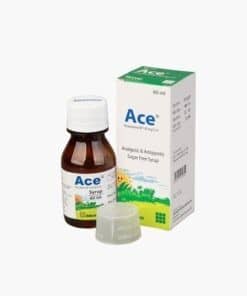
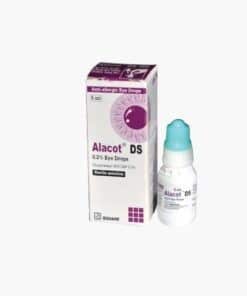
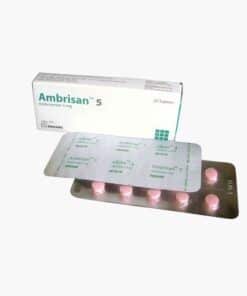
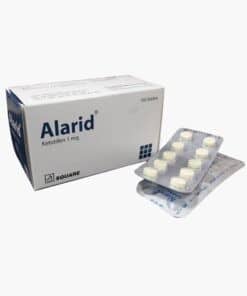
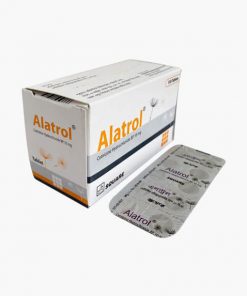

Reviews
There are no reviews yet.